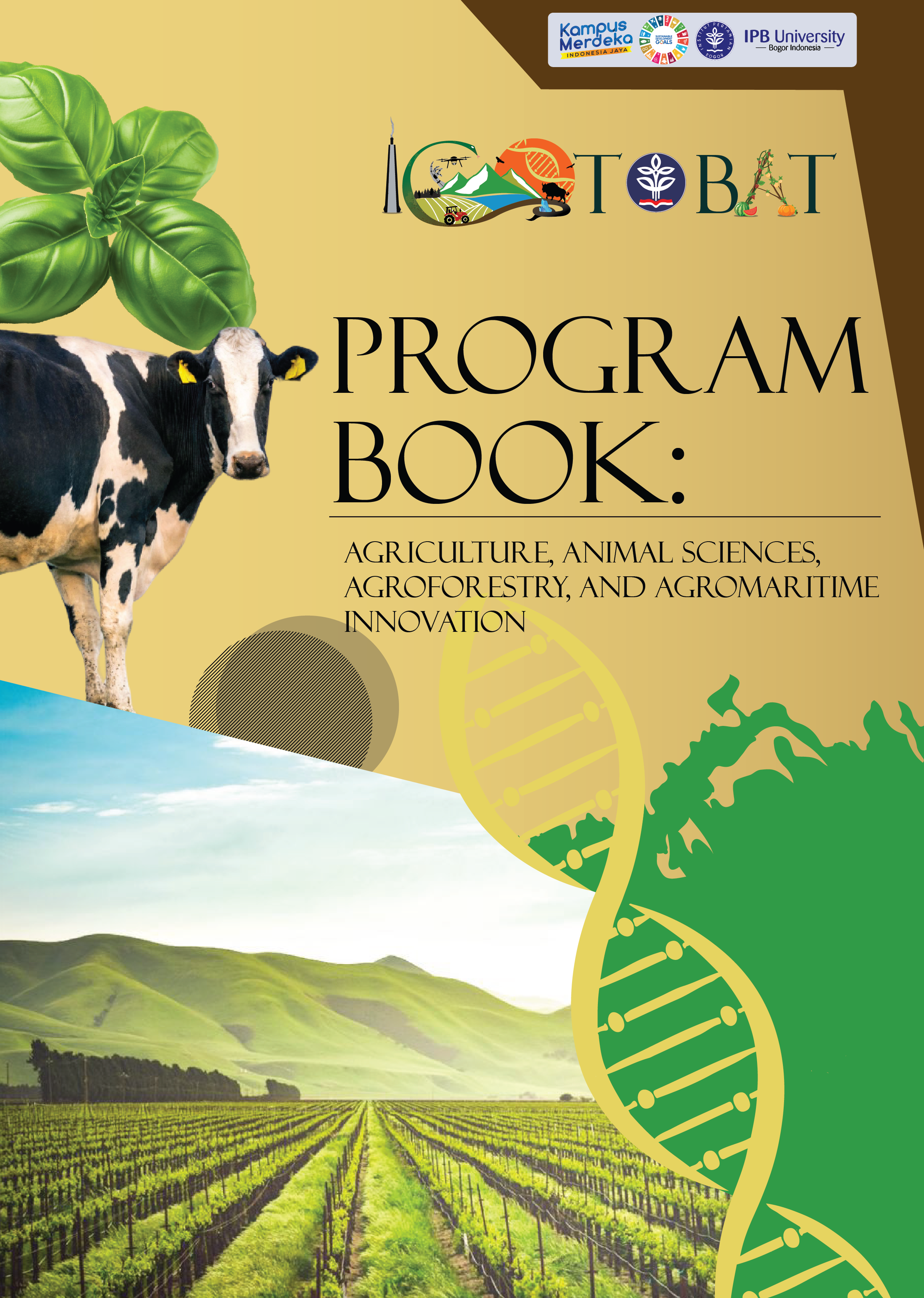Simple sequence repeats (SSRs) discovery and characterization from Phoenix dactylifera genome
Keywords:
heterozygot, marker, microsatelliteAbstract
The date palm is a palm plant belonging to the Arecaceae family. Date palms have several benefits, such as leaves used in various religious ceremonies, tree trunks as firewood, and fruit with various health benefits. In addition, date palm flowers undergo cross-pollination, are dioecious, and consist of 18 chromosomes, resulting in a heterozygous genetic constitution that can lead to high genetic diversity. The development of Next Generation Sequencing technology can detect genetic diversity using whole genome sequencing approaches. Therefore, this study aims to discover and characterize Simple Sequence Repeat (SSR) motifs from Phoenix dactylifera genome data. Genome data from male Phoenix dactylifera leaf tissue was obtained from NCBI with GenBank assembly accession: GCA_009389715.1. Quality analysis of de novo assembly using Busco Analysis resulted in single-copy completeness of 76.7%, duplicated completeness of 19.0%, fragmented completeness of 2.8%, and missing completeness of 1.5%. A total of 36,764 genes and 29,239 protein-coding genes were found. SSRs were identified and extracted using the Microsatellite (MISA) program, resulting in the distribution of dinucleotide SSR motifs (68.37%), trinucleotide (24.22%), tetranucleotide (6.36%), pentanucleotide (0.59%), and heptanucleotide (0.47%). The identified SSR motifs can be developed as markers and aid further research on the genetic diversity of P. dactylifera.






























